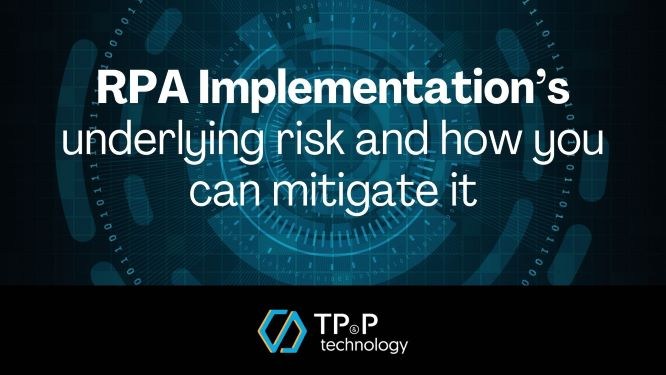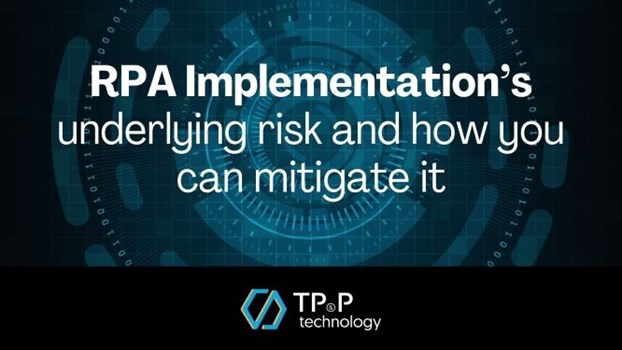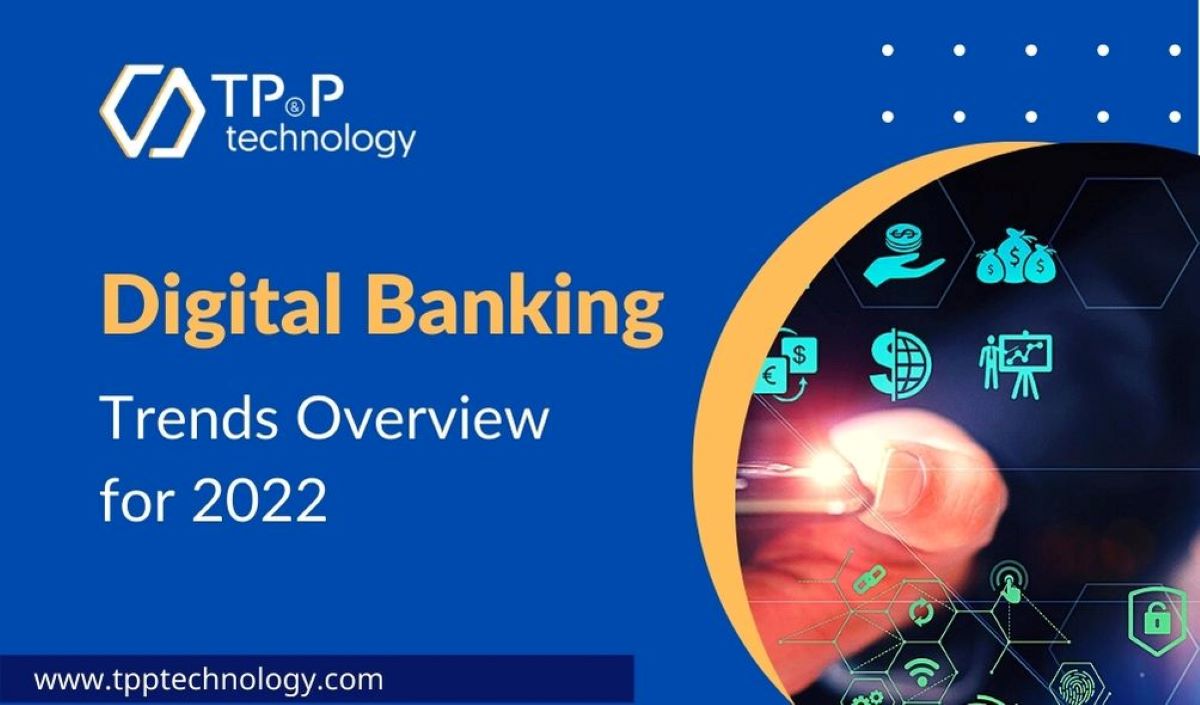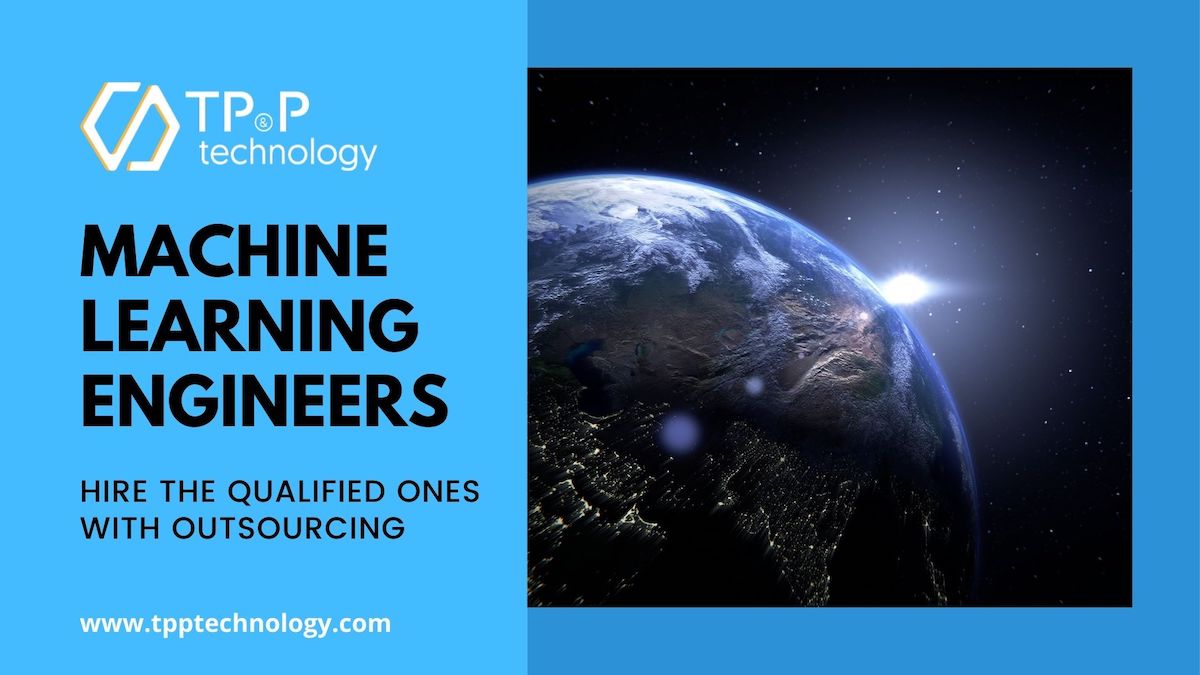
RPA Implementation’s underlying risk and how you can mitigate it
When we implement any innovative technologies, it all comes with risk and disruption. This is unavoidable. The benefits of implementing robotic process automation (RPA) are straightforward. Reduced operating costs, significant process improvements, reallocation of resources to higher-value functions, improved customer service, improved productivity, and quality, etc therefore the list goes on.
However, it’s crucial for business leaders to understand and analyze the potential risks of RPA to optimize their digital transformation investments. Technical failures, cybersecurity issues, and a flawed adoption and implementation process can affect profitability, employee efficiency, and business workflows.
RPA Strategy Risk
While RPA can drive innovation and maximize the competitive edge, many organizations set unrealistic goals and expectations for RPA implementation. Some even misuse that goal for an isolated domain. This ends up in a situation in which RPA fails to deliver its promise of enhanced value and the consequent low sourcing impact of any RPA initiative.
Organizations that only use RPA to reduce spending by reducing the number of FTEs instead of using it to innovate and improve the way work is done, are often lacking any strategic intent or endpoint design in their RPA projects.
We can avoid the strategic risks associated with an RPA strategy by implementing a solid, future-proof, target operating model and the right process automation tools.
Stakeholders risk
Implementation of RPA requires stakeholders to engage at different levels across the enterprise - these stakeholders are often including executives, IT, employees, and even external stakeholders such as customers, partners, or third-party service.
It's not uncommon for IT departments to discard RPA as an overblown technology with low value and potentially a threat to stability and security. Not to mention the underlying risk of employees seeing RPA as a threat to their jobs and actively delaying or order deployment.
In order to mitigate the risk, we can raise business awareness by informing the active participating stakeholders across the organization.
Operational and execution risk
Operational risk takes place when robots are deployed without a suitable and proper operating model. If the business fails to define roles but rush dive into training, responsibility can be blurred as bots go into production and human RPA supervisors may find themselves confused about their actual roles.
RPA technology adopted by organizations with the initial purpose of reducing the number of employees and create more savings often fail due to the large volume of change processes and exception handling. In simpler words, they often don't have the resources needed to build a robust RPA solution - like buying the wrong tools, making false assumptions, using shortcuts, and jeopardizing security and compliance.
The risks associated with operational execution can be avoided by deploying a digitally augmented workforce that can be deployed on a large scale for sustainable business results.
Change management risk
Management risk occurs when there is a poor communication plan, a lack of governance and facilities, and a lack of an operating model. Underestimating change management practices and under-resourcing can jeopardize the right alignment between strategy, process, technology, and people throughout the implementation lifecycle, leading to problems, delays, and missed opportunities.
Having a solid, practical, and well-informed change management strategy in place is key to the success of the RPA implementation.
Maturity risk
When organizations reach maturity with initial implementation and begin to expand RPA across different business units and geographies, they often face sustainability risks. For example, the proliferation of automation requests, overlapping efforts across departments, and poor use of bots.
Other risks can include immutable labor and process silos, lack of preparation for the automation process into cognitive technology, and a lack or leakage of RPA talents.
We can minimize the risks associated with maturity by creating a Center of Excellence that can deploy easy-to-use, standardized, and nonstopped improved solutions to improve automation efficiency.
In conclusion, innovative solutions equal disruptive; however, keep in mind that benefits come with risks. Having a realistic look at RPA and being prepared to mitigate risk, we can’t avoid risk, but we can mitigate it and can make a big difference in allowing RPA initiatives to reach their maximum potential. TP&P Technology is proud to be the top Vietnam software development outsourcing company that provides you multiple IT services like custom mobile app development, Machine Learning consulting services, DevOps consulting services. We even offer to help you with Odoo ERP implementation. Talk to one of our consultants today to know more about us!


